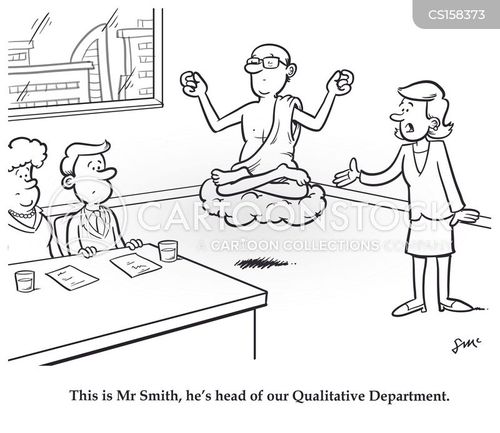
Chapter 6 explains that when we try certain communication strategies like asking our parents for money in a specific way and it works, we’re forming a hypothesis. If it keeps working, the theory gets stronger. If it fails, we adjust. This is the same process researchers use when they conduct formal studies they identify a focus, ask research questions, define key terms, choose a methodology, gather and analyze data, and interpret the results. The goal is to better understand how communication works in different situations and with different people.
I’ve actually done this kind of “research” without even realizing it. For example, after a disagreement with a friend, I started experimenting with different ways of texting them. I noticed that phrases like “I understand” or “I feel” made them more willing to talk. Over time, I figured out what kind of tone and wording helped us reconnect. Now, I naturally adjust how I communicate based on who I’m talking to. That’s exactly what this chapter shows communication research doesn’t just happen in classrooms or labs. It’s something we do every day to improve how we connect with others.
In the cartoon, it captures one of the big takeaways from Chapter 6, the different approaches to communication research. Mr. Smith, floating calmly on a cloud, is introduced as the head of the qualitative department. It’s a funny way to show how qualitative research is often more observational, open-ended, and human-centered. It reminded me of my own experience adjusting my texts. I wasn’t using numbers or data, but I was paying attention to patterns, context, and emotional tone. Just like Mr. Smith I was practicing real communication research without even realizing it.


